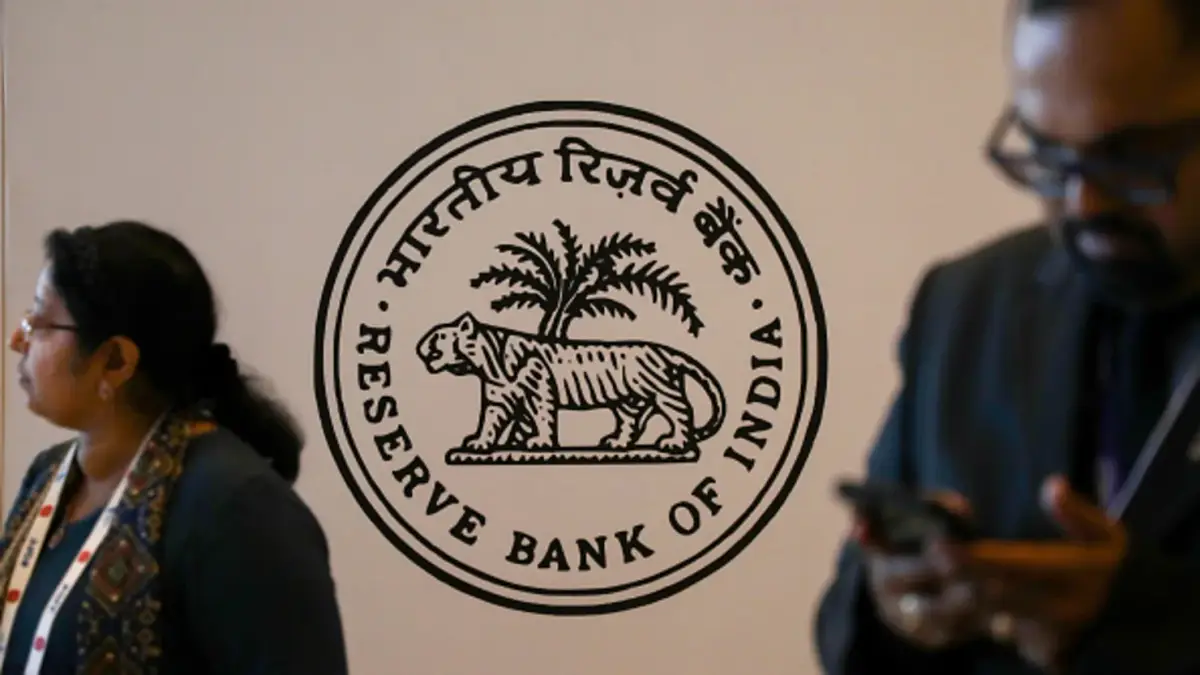India has appointed Sanjay Malhotra, the current Revenue Secretary, as the new Governor of the Reserve Bank of India (RBI) in a move that has caught market watchers off guard. Malhotra will replace Shaktikanta Das, one of the longest-serving governors in RBI history. The unexpected transition is sparking speculation of a shift toward a more dovish monetary policy, potentially leading to interest rate cuts as early as February 2025.
Economists believe Malhotra’s appointment could reshape the Monetary Policy Committee’s (MPC) stance, especially in light of calls for lower rates amid slower economic growth and stubborn inflation.
Market Reactions and Economic Outlook
Markets appear to have welcomed the possibility of a looser monetary policy. On Tuesday, India’s 10-year bond yields fell by 2 basis points to 6.699%, signaling optimism for lower rates. However, the rupee remained under pressure, hovering near record lows of 84.83 against the dollar.
Economists at Capital Economics and Citi now expect a 25-basis-point rate cut during Malhotra’s first MPC meeting in February. Others anticipate the possibility of an unscheduled meeting to introduce rate adjustments earlier.
India’s economy, which grew at its slowest pace in seven quarters during Q3 2024, faces pressure from elevated inflation, which exceeded the RBI’s 6% tolerance band in October for the first time in over a year. This backdrop has amplified calls for rate cuts from senior government officials, including Union Minister Piyush Goyal and Finance Minister Nirmala Sitharaman, who have urged the RBI to support growth and lower borrowing costs for industries.
Legacy of Shaktikanta Das
Das, a respected figure in India’s financial landscape, steered the RBI through the COVID-19 pandemic and normalized its relationship with the government. While he expressed optimism about the domestic economy’s recovery, recent GDP growth forecasts have been revised downward from 7.2% to 6.6% for FY2025. Das maintained a hawkish stance, voting to keep the repo rate at 6.50% in December.
Challenges Ahead for Malhotra
Malhotra, an alumnus of IIT and Princeton University, brings an academic and policy-oriented perspective to the role. His past concerns about economic headwinds may influence a pro-growth policy shift, aligning with the government’s push for affordable interest rates. Economists at ANZ predict the RBI will execute three rate cuts starting February, emphasizing the need to balance inflation control with economic stimulus.
“Sanjay Malhotra’s appointment could set a new direction for the RBI, aligning monetary policy more closely with growth objectives,” said Shilan Shah, Deputy Chief EM Economist at Capital Economics.





